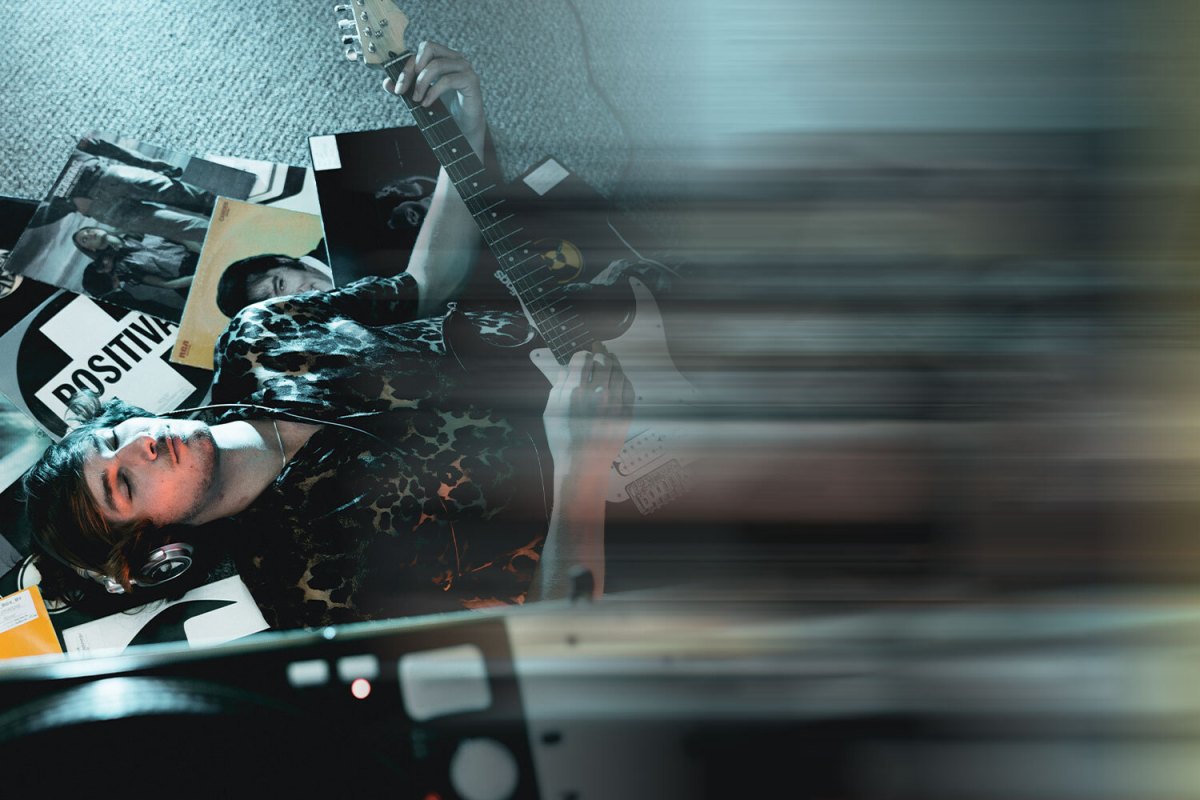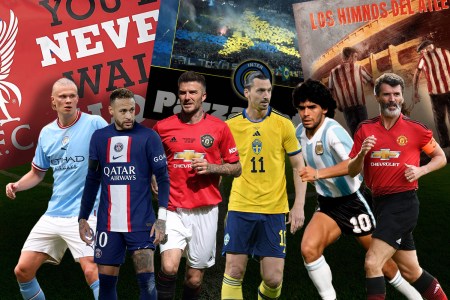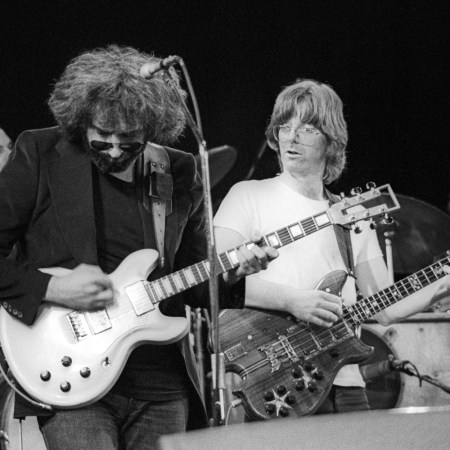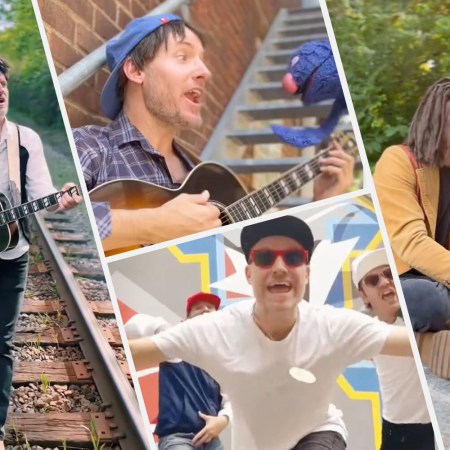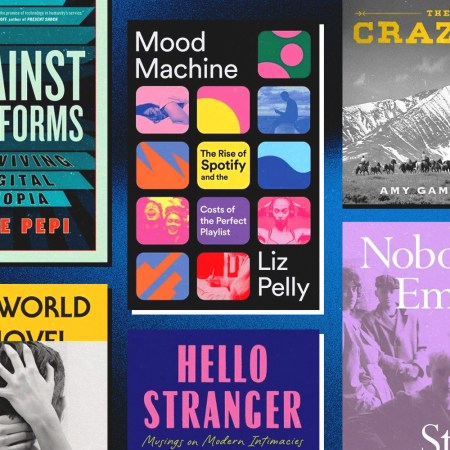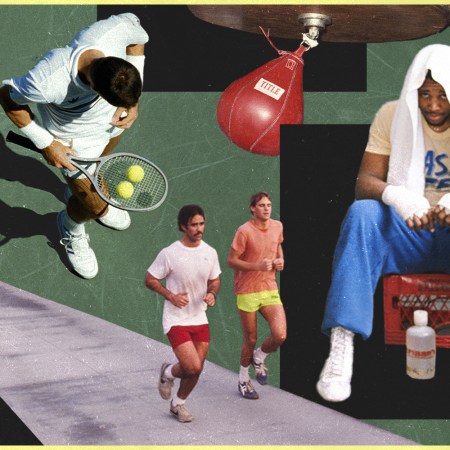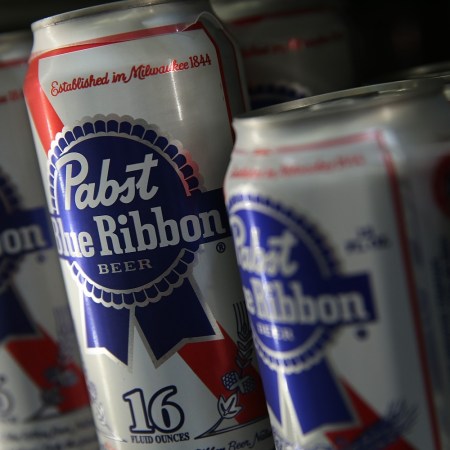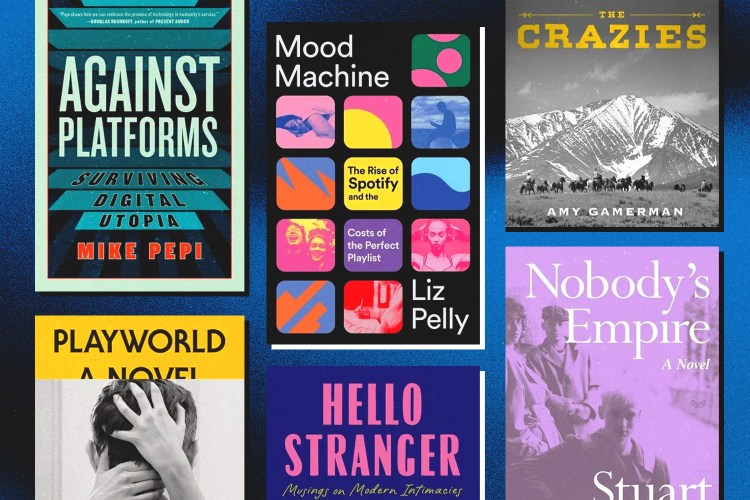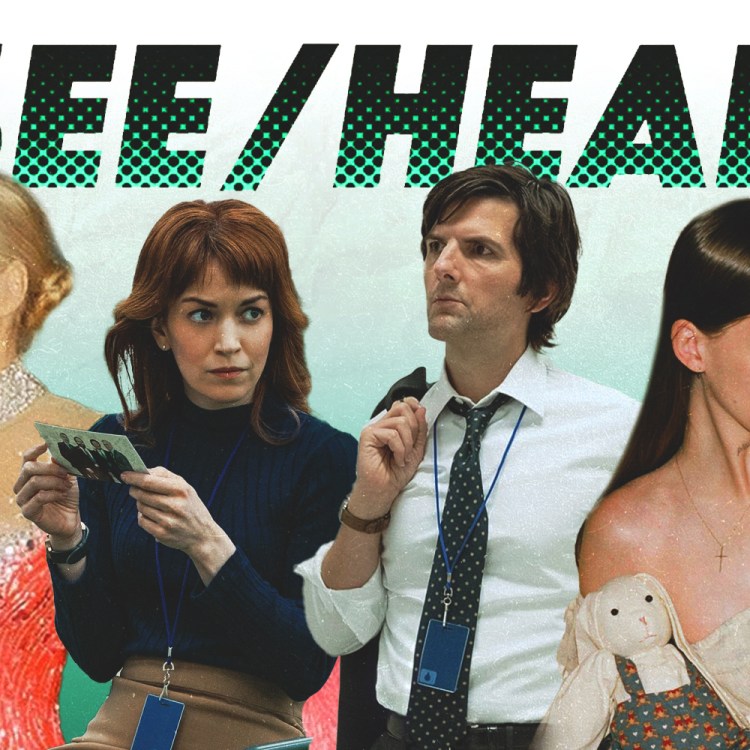The quickest way to make a song go viral in 2023 is to speed it up. Super fast, high-pitched vocals are the backing tracks to almost everything on TikTok, from trending dances to cleaning montages. In fact, the trend has taken off so much that many artists are now releasing sped-up versions of their songs alongside the original single, with the hope of achieving virality on TikTok.
Take Raye, a British pop artist whose single “Escapism” became her first No. 1 in the UK, as well as her first charting song on the US Billboard Hot 100. The song began charting internationally at the end of 2022, thanks to the traction it had gained on TikTok. But it was a user-created sped-up version of the song that initially made the song go viral on the video-sharing app rather than the original recording, and Raye quickly capitalized on this by releasing an official sped-up version. Over 700,000 videos have been created with the sped-up song on TikTok, which is double the amount of videos using the original single.
Raye isn’t the only artist to buy into the success of sped-up songs either. Artists like SZA, Sabrina Carpenter, Steve Lacy and Miguel have all released faster versions of their songs on streaming platforms, after they began to gain popularity on TikTok. But is this trend really impacting the way songs are produced? And does a song’s speed impact its capacity to perform big?
According to research, the trend for ultra-fast pop songs might have predated TikTok’s obsession with them. In 2020, the year that many artists began to understand the power of TikTok when it came to promoting their music and connecting with their audience, the average tempo of the top 20 best-selling songs of the year was 122 beats per minute, the highest it’s been since 2009.
And as the biggest-growing social media platform, TikTok tends to reflect what people are interested in more widely, as well as creating trends that are specific to the app. Liz Stone, a social media expert and the co-founder of OK COOL, says that TikTok is one of the most, if not the most important platform for artists, both established and new, looking for streaming success. “I think this trend was born from an organic, audience-driven enjoyment that the industry observed and then capitalized on,” she says. “Social media platforms can benefit artists from figuring out how to connect and keep showing you the music you’re going to love and in turn, the pop industry benefits from you listening and streaming their music.”
But this form of marketing isn’t new and the “manufactured vitality of music,” as Stone describes it, has existed long before TikTok, on the radio and other through old-school marketing methods like TV ads. Dr Lucy Bennett is an academic at Cardiff University and has conducted research into popular music, fandom and fan cultures. She says that it’s not unusual for the production of music to change dramatically because of new formats. In fact, this is a trend, historically: “Creating songs for a new platform has been a disruption that often occurs when new platforms or technologies arise,” she says. “In the late 1800s and early 1900s, both the phonograph and the gramophone revolutionized music. Performances were now recorded, and people could listen to them at their leisure, whereas prior to this, if you wanted to hear a song, your only option was to hear it live.”
A Brief History of Dubious Soccer Songs
The tradition goes back much further than “Haaland (Ha Ha Ha)”This led to songs becoming shorter because the wax cylinders could only hold two to three minutes of audio. “Performers and composers consequently produced work to fit onto these. So even then, they were trying to work out the new technology and make sense of it and adapt music to it like we are doing now,” Dr Bennett says.
There are a few reasons why sped-up songs might be so popular on TikTok right now. For a start, they appeal to our ever-shortening attention spans. Plus, it also makes content more digestible—- users are more likely to watch a video if they know the song has been sped up, as the assumption is that it will be over quicker. “It was kind of seen as maybe corny or cheesy in the past to have sped-up vocals. Like Happy Hardcore used to do it and it was seen as a bit much, but now people’s palates have changed and I think that is down in part to the phenomenon on TikTok of things being sped-up,” says Aaron Horn, a music producer who has been creating pop music since long before the creation of TikTok. But in recent years, Horn has also worked with a number of artists who have gained virality on TikTok, co-writing and co-producing singles including the Grammy-nominated single “Woman” by Doja Cat.
This isn’t the first time sped-up songs have gained popularity, however. In the 2000s, a genre called “nightcore” emerged, with musicians uploading sped-up versions of their songs to YouTube, usually with anime visuals. But the nature of TikTok and how easy it is for sounds and trends to go viral on the platform means this is the first time it has reached the mainstream.
The benefit of TikTok over other methods of music promotion is that listeners have more control over how they engage and respond to new trends and sounds. Horn believes that the way TikTok is impacting music production isn’t necessarily a bad thing. “There’s always something that people are fixated on [when it comes to making popular music] but I think TikTok is cool because it’s a little bit lawless and it shows what people want to listen to, rather than what’s cool or the flavor of the month, and I think it’s a bit more diplomatic,” he says.
Of course, having to tailor the music you’re creating to TikTok trends could be frustrating, especially when many of these trends come and go so quickly. And many established artists like Halsey have spoken publicly about how this can compromise their creativity and sound, Halsey explained that their label refused to release their song “So Good” unless the singer created a viral moment for it. Michael Aldag is a singer-songwriter based in the UK, and he gained popularity on TikTok by posting comedic content but now uses it to promote his music too, boasting over 800,000 followers. “I still write whatever I want to write but as soon as I’ve written a song, or days after it when I’m listening through, I usually pick out which section might be good on TikTok,” Aldag tells InsideHook.
Recently, Aldag has started to speed up all of his singles to promote them on TikTok, and this has proved successful for his latest song, “Girlfriends,” as the sped-up version now has more streams than the original. “I like speeding things up because you can then get a whole verse into one TikTok and otherwise you couldn’t,” he says. “From a marketing point of view, you’re just embracing what’s happening and from a streaming point of view, the sped-up and the normal version of ‘Girlfriends’ are on a similar amount of streams, so if I hadn’t released that I’d be on half the streams.”
Considering the huge impact TikTok can have on a song’s success, at least for pop artists, it’s a given that it would come into conversations around both production and promotion. “I definitely think producers and songwriters are more aware of TikTok,” says Horn.”You do hear them talking about ‘how will this translate to TikTok?’ and ‘can we make something that sounds viral?’ and I think that viral sound at the moment is that super quick, super chirpy vocals, like hyperpop, hyper-active, nightcore-y.”
This doesn’t necessarily mean that the original versions of songs are getting faster, however, and Aldag says that some of his slower songs are the ones that perform best when sped-up, while the faster songs are almost too fast to work for the sped-up trend. Horn agrees that as the trend is for sped-up versions of original songs, it won’t necessarily impact the tempo of original recordings, but it might create new norms when it comes to pop tempos. “There’s always been songs that are too quick or too slow for A&Rs […] so when you start to get into either really chilled out hip-hop and R&B or really fast drum- and bass-happy hardcore, if you’re working with labels or people who are signed, sometimes that will be a bit much for people and they’ll want something a bit more middle of the road […] I think it’s cool that that could change because of these nightcore versions,” he says.
TikTok is not only changing norms around tempo, but it’s having a huge impact on the average length of songs too, according to Dr Bennett. “A song needs to be listened to on most streaming platforms for at least 30 seconds to trigger a payout,” she says. “As a result, songs are becoming shorter, and some artists are placing the catchy elements of a song, such as hints of the chorus, at the start of a song to keep a song’s skip rate as low as possible and hold attention. Lil Nas X’s ‘Old Town Road’ is only 1 minute 52 seconds long, for example.”
Aldag says that this is certainly something he has to take into account when writing songs. “DSPs [digital service providers] are always looking at skip rates — you don’t want people to skip if you’re on playlists so you put the most interesting things first and go from there,” he explains.
Tempo and length are just the beginnings of how TikTok will impact the music industry, and users already have the ability to save sounds on the app, creating their own library of music, so it’s perhaps not long until the platform expands into streaming. But with so much capacity for new artists to break through on TikTok, even if it does mean buying into short-lived trends, there’s a lot of potential for this to be a positive — as long as you’re ready for a world that moves at double-speed.
This article was featured in the InsideHook newsletter. Sign up now.
